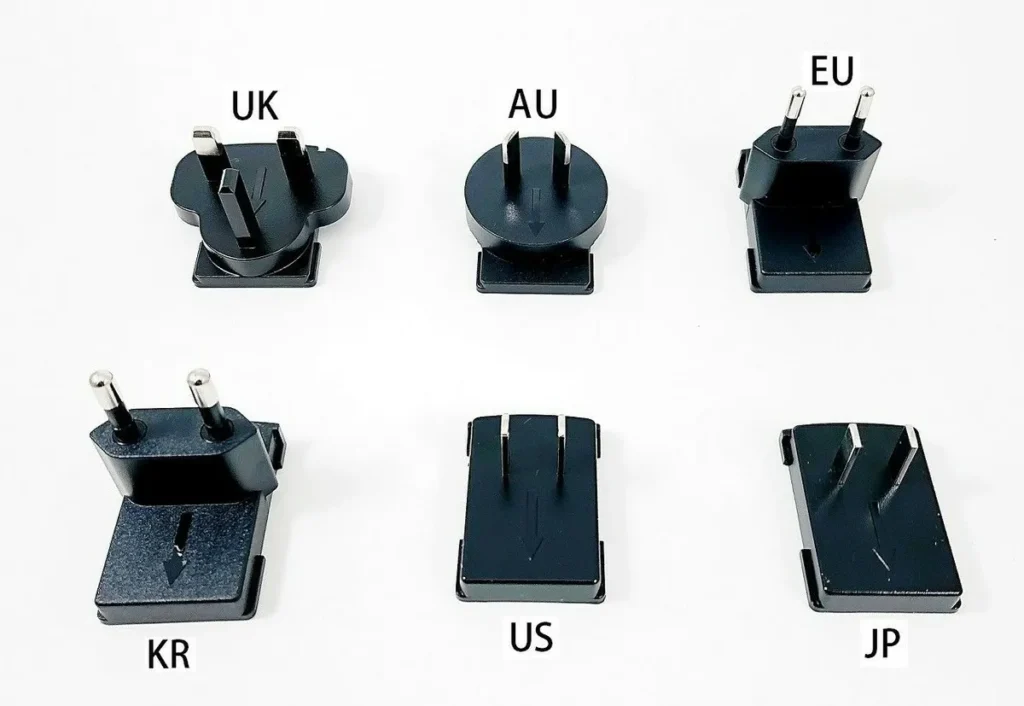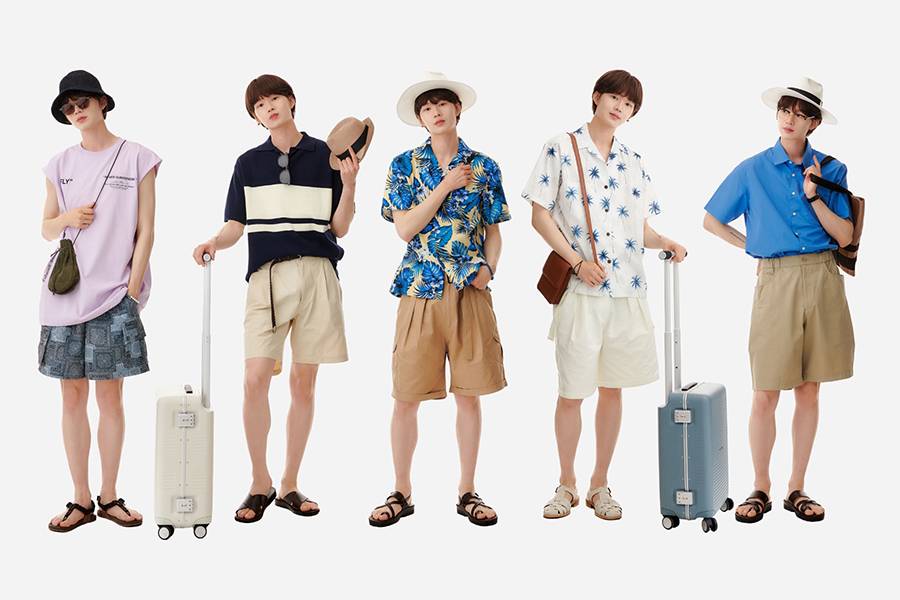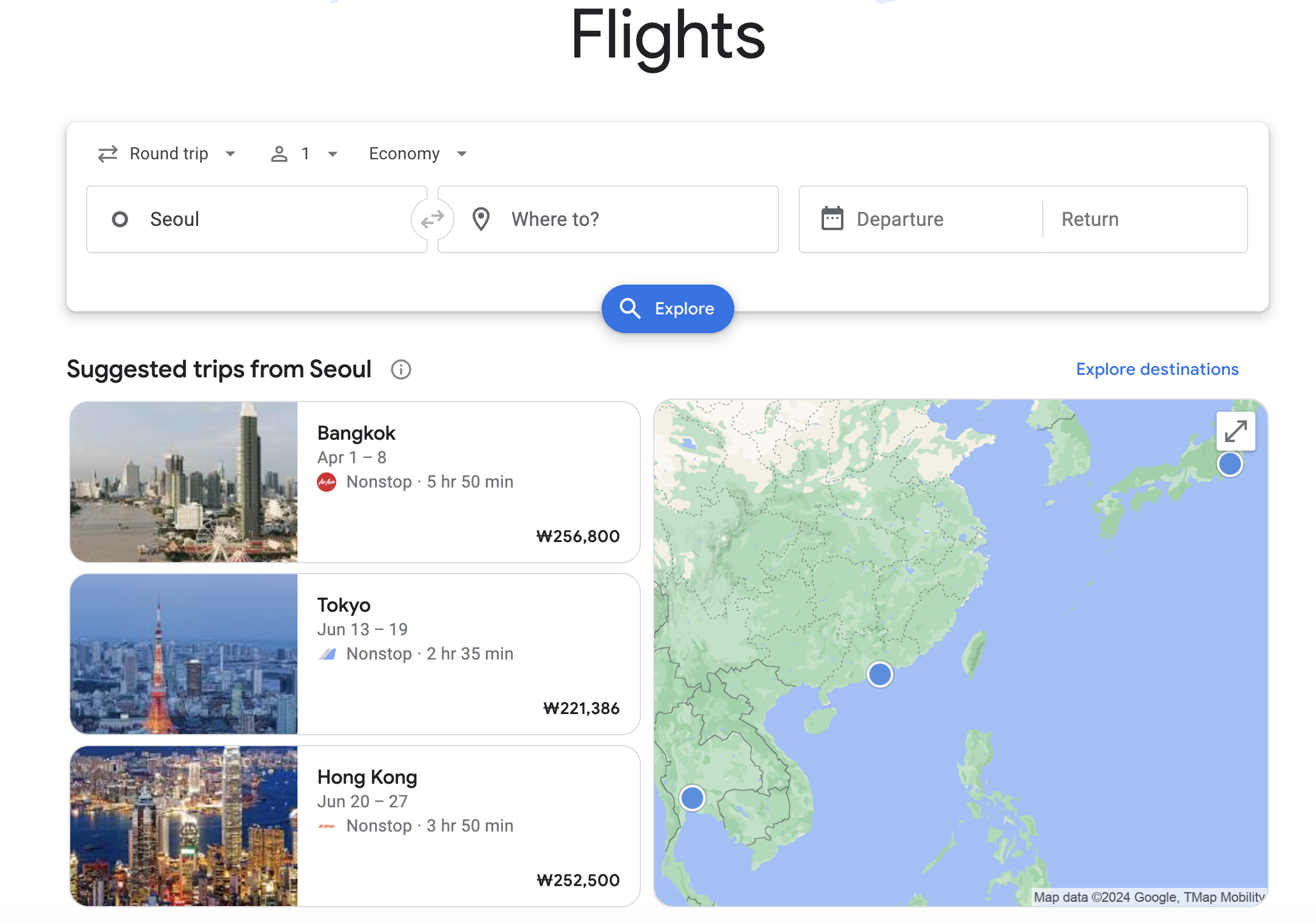What do the Korea outlets look like, important information for traveling with electronics? Today I’m going to share with you some essential information if you’re planning a trip to South Korea: electronics and adapters to use in Korea. When traveling abroad, you’re going to be using a lot of electronics, such as smartphones, laptops, cameras, and more, but will your chargers work in Korea?
In this post, I’ll tell you all about the voltage and outlet types in Korea, as well as tips for choosing an adapter. With this guide, you’ll be able to use your precious electronics safely. Let’s take a look! Oh, and this article is a companion piece to our Korea travel guide: 55 Tips for Foreigners Getting to Know Korea series.
Do you know the voltage and frequency in Korea?
The voltage used in Korea is 220V and the frequency is 60Hz. On the other hand, some countries such as the United States and Canada use a voltage of 110V and a frequency of 60Hz. If your electronics are 110V-only, plugging them directly into an Korea outlet may damage them or cause a fire. On the other hand, if you want to use electronics purchased in Korea in a 110V country, a pigtail adapter is not enough and you need a transformer. Many electronics on the market these days are multi-voltage, supporting voltages ranging from 110V to 240V, so you can use them in Korea with just an adapter.

Korea outlet shape, will it fit my plug?
The standard outlet in Korea is round with two holes, and the plugs for electrical appliances are also round with two pins, which is compatible with the type C or F plugs used in many European and Asian countries. However, type A or B plugs, which are more common in the U.S., Canada, Mexico, and other countries, cannot be used directly in Korean outlets. Japan uses the same outlets as Korea, but many plugs have a grounding pin, so you may need an adapter. It’s a good idea to check the shape of your electronics plugs beforehand.

Choosing an Korea adapter, how do I do it?
So, which adapter should you choose for your trip to Korea? There are so many different types of adapters on the market that it can be overwhelming. The best thing to do is to buy an adapter that fits into Korea’s outlets. Any adapter that accepts Type C or Type F plugs will work in Korea, but there are also many universal adapters that support outlets in major countries around the world. One multi-adapter will allow you to use your electronics wherever you go, whether you’re traveling in Europe, the U.S., or Asia. Shop around in travel stores or online to find the right one for you.

Buying electronics in Korea, what to look for?
If you’re traveling to Korea, you’re likely to find yourself in the market for electronics. Korea is often referred to as an electronics paradise, with a wide variety of great products. But when it comes time to buy, you’re probably wondering what you’re getting and if it’s compatible. When buying electronics in Korea, make sure to check the product specs to see what voltage range it supports. If it says it supports 110V to 220V, you’ll be able to use it in your home country with an adapter. It’s also a good idea to check battery life, after-sales support, and language support before you buy. It’s also worth noting that you can save money by shopping at duty-free shops!
Traveler’s tip: Power banks and multi-chargers
There’s nothing worse than getting lost and your smartphone battery dies, or your camera dies and you don’t want to miss out on a life-changing shot. It’s always a good idea to pack a power bank with a large capacity. You can choose from slim ones that can hold a charge or two, or larger ones that can hold a charge over and over again.

Another item I’d like to recommend is a multi-charger. These days, there are many chargers that support multiple devices at once, such as smartphones, tablets, cameras, and more. A multi-charger can save you a lot of packing space by eliminating the need to carry multiple chargers.

Today, we’ve covered everything you need to know about using your electronics safely and conveniently while traveling in Korea, from the country’s voltage and outlet types, to tips on choosing adapters, to local buying tips and useful items. Using your electronics while traveling abroad is really important, but many people don’t do enough preparation beforehand. I hope you all have a great time in Korea without having to worry about your electronics, and I’ll be back next time with tips on how to take must-see photos of each of Korea’s landmarks. Until then, bye!













